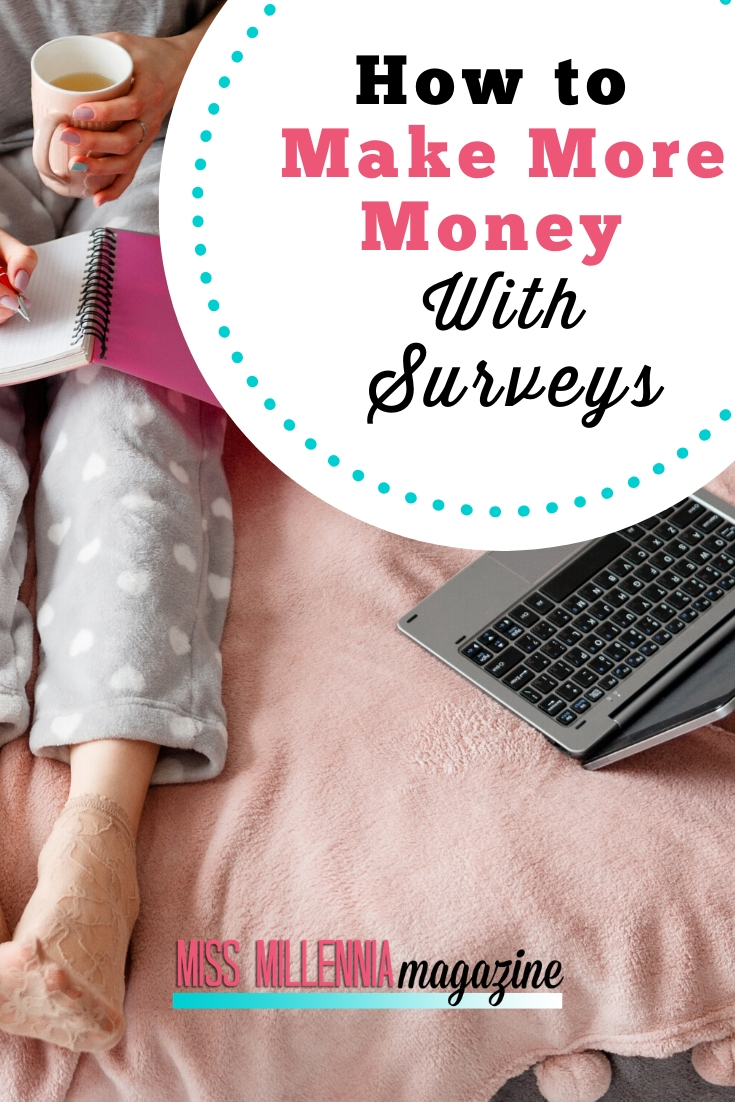How to Create A Logo For Your Brand That Will Make Money
We all know a picture is worth a thousand words. A single image can capture and convey the poignancy of a moment in time where a thousand subjective words would fail. The same applies to your logo because it’s your visual one-liner. It has to quickly and precisely describe your brand’s complex story to your audience so they do not doubt who you are, what you stand for, and how you can benefit them. That’s why it’s important to create the perfect logo for your brand.
Fortunately, we know that a logo can convey a brand’s essence more effectively than a thousand words, but only if you first learn how to create one that tells the right story. We can help you find your story and craft it into a logo that’s worth a thousand words…and $$$
Create A Resonant Brand Story
Every compelling story has a beginning, middle, and end. Your logo’s no different.
What’s a brand story?
A brand story is an impression that consumers have of your brand, product, or service. It is conveyed using a story that ties the image and idea together to connect with them emotionally.
To find your brand’s story, evaluate your company by asking the following question:
- What’s my brand’s reason for being, what do I want to achieve?
- What’s our personality?
- What are our core values and beliefs?
- What makes us unique? How are we different from our competitors?
- What are our end goals?
Let’s start at the beginning
Your aim is to infuse your logo with your brand’s DNA. If you’re a family-run holiday company that specializes in bringing people to remote locations, then your logo should have an element of excitement and wilderness about it. If you’re a local insurance broker, your logo’s story should be more formal.
The middle:
Make it resonate with your audience.
You must identify your story with those who you want to connect with—customers. All markets serve a particular audience, and if your logo’s going to resonate with them, it has to connect on an emotional level. You achieve this by finding out more about them.
Questions you need to ask are:
- What are my customer’s demographics: Age, gender, race, location, work position, marital status, etc.?
- Which social media platforms do they hang out on?
- What are their shopping habits?
- What kind of content do they like and share?
When you know more about your audience, you can write a script based on their likes and preferences. Make them the star of your story.
The ending:
Align your logo with your marketplace.
Just as with your audience, your market also has design elements that you need to include in your story. And it’s relatively easy to find out which ones work in your niche; all you have to do is scope out your competition.
Check out the brands in your market. Take note of their story and how they differ from yours and what design elements they use to tell it, colors, fonts, icon styles, etc. Consider what will also work for you and how you’d like to incorporate those elements into your logo.
Now that you have a beginning, middle, and end, it’s time to give your logo character.
Develop Your Character
It’s time to give your story a star, and you can get your creative juices flowing by creating a mood board based on who you want it to be.
There are many things you can include in your mood board, such as:
- Think of a celebrity that reflects your brand’s voice, and put them up there.
- If your logo had a personality, what would it be? Use three adjectives to describe it.
- Images: Include images and even logos that you’ve sourced from stock photos, Instagram, and brand images that hold some of your DNA.
- Colors: Your market research will have given you at least three significant colors and one or two popular color pallets to use.
- Fonts: Add the ones you found and any others that you feel speak your voice.
- Explanations: Give reasons why you’ve included certain elements, as this will add context and help you envision how they’ll work together to make your end logo.
An excellent example of character development is Freddie, MailChimp’s cartoon mascot; he pops up throughout all their marketing strategies. Why a chimpanzee? Who knows, but it brings an element of light-heartedness and fun to the otherwise often mundane world of email marketing.
Of course, at no time will you copy someone’s design; at this stage, you’re just using them for ideas.
Sketch Out Your Story
It’s time to sketch a design for your soon-to-be logo. Don’t worry if you’re not an artist, this is all about seeing it for the first time and testing out your ideas.
At this early stage of design, keep it simple. A proven approach is to begin with basic shapes and draw in black and white. As your design takes form, you can add more details. Only spend an hour at first, as this will help you create a flow, and don’t be overly critical. Make a portfolio of all of your sketches, because sometimes a doodle from the beginning of your process will end up as an integral element in your final design.
Now Give It Some Strength
Once you have a sketch, it’s time to tell your story by adding a strong look and feel to it. This will be the blueprint as you create the final logo for your brand. Also, keep in mind that modern logos are purposely simplistic to enable their use across numerous advertising platforms, both on and offline.
You can take your sketch from a 2D design to a screen ready logo thanks to tools that make designing a logo surprisingly easy. But to give it some strength and ensure it’s telling your story, you must apply specific design tactics.
Bring it all together
Here’s where you infuse your logo with your story, and you do it using the colors, fonts, and any icons and images you’ve chosen during your research. Whichever you choose, you must consider how they’ll look in one, five, and ten years from now. While you can update your logo to maintain relevancy by changing elements like typeface and color, your design’s core element must remain to ensure continued customer recognition.
Graphics are an excellent way of telling your story through your logo as you can add feelings and emotions; after all, a picture’s worth a thousand words. Ensure you choose one that suits your brand’s DNA and speaks directly to your target audience, don’t be overly vague but keep it as simple as your imagination will allow.
Take It For A Test Run
Before you make your final decision, test your logo on your target market. You don’t want to create a logo for your brand that no one likes, right? Show friends and family first, to get feedback from a friendly audience. Then, bring together a focus group to get honest reactions from strangers.
When you’re doing this, provide examples of how your logo looks in different contexts. For example, what will your Instagram profile picture look like vs. your website header vs. your Facebook banner? Use Canva to design all these different elements easily. It’s an excellent way of seeing how your chosen logo portrays your brand’s story in real-life scenarios.
Don’t be afraid of critical feedback and making adjustments based on that feedback.
Every brand has a story, but the brands that people remember are the ones that tell it in a way that connects on a personal level. By putting your customers at the heart of your design, you’ll find that connection. This is the most important thing when you are creating your brand’s logo. As long as you connect with your clients, you will make money.










